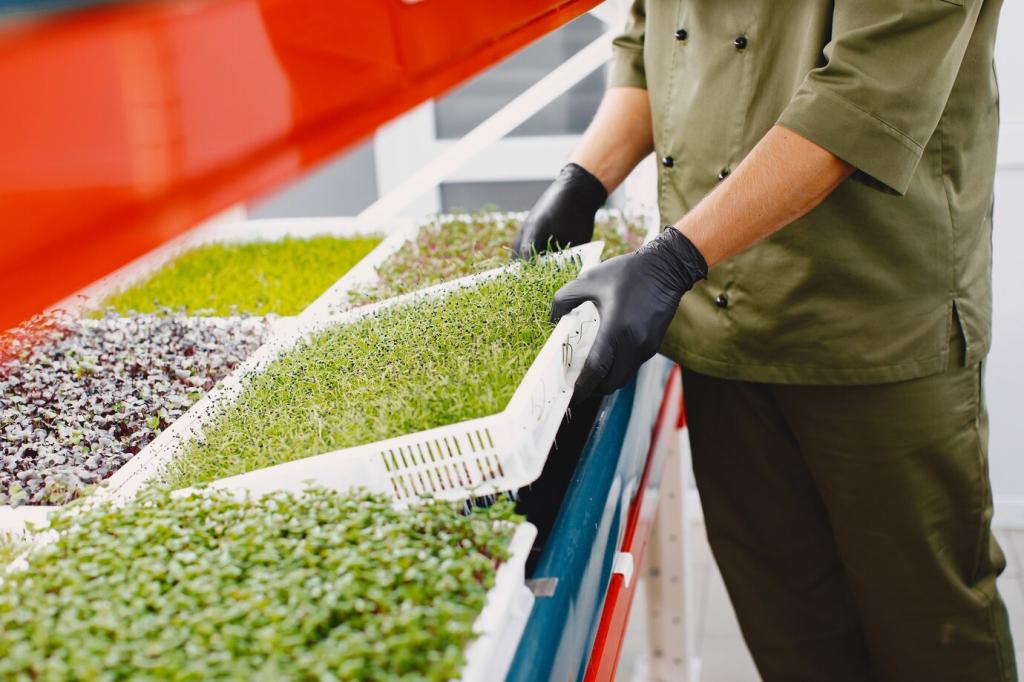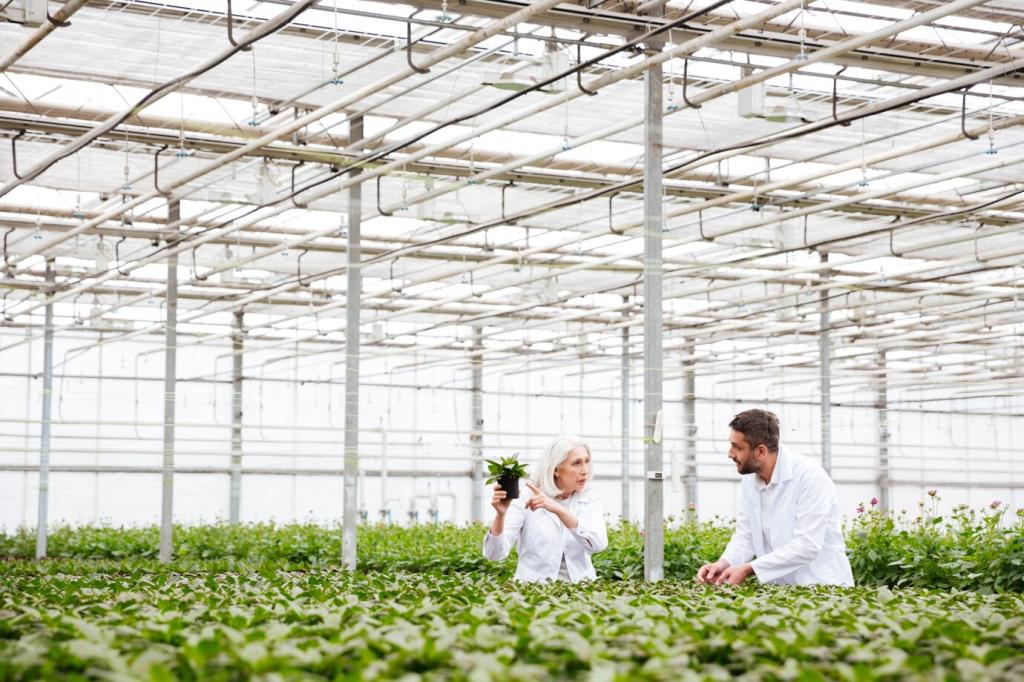
Benefits of Vertical Farming for Urban Environments
Vertical farming represents a transformative approach to agriculture, particularly suited for densely populated urban settings. By growing crops in stacked layers within controlled environments, vertical farming addresses many challenges cities face regarding food security, environmental sustainability, and resource management. This innovative farming method not only makes efficient use of limited space but also ensures that urban populations have convenient access to fresh produce year-round. As cities continue to expand, vertical farming emerges as a vital solution for meeting growing food demands while minimizing the ecological footprint associated with traditional agriculture.
Increased Food Production Within City Limits
One of the primary advantages of vertical farming is its ability to vastly boost food production within the restricted footprint of urban areas. By stacking crop beds vertically and integrating automated systems, a single building can yield the equivalent output of numerous acres of traditional farmland. This high-density food production means cities can significantly reduce their reliance on imported produce, supporting local food systems and making urban areas more self-sufficient.
Repurposing Unused Urban Structures
Many cities possess underutilized or abandoned buildings that serve little functional purpose. Vertical farming breathes new life into such spaces by converting them into productive agricultural hubs. This approach not only maximizes the use of existing infrastructure but also contributes to urban revitalization, transforming neglected places into sources of nourishment and employment for nearby communities.
Reducing Urban Sprawl and Preserving Nature
By maximizing upward growth rather than outward expansion, vertical farming directly limits the need for additional land conversion at the city’s borders. This helps preserve surrounding natural habitats, forests, and farmlands, reducing the encroachment on green spaces and biodiversity. Ultimately, vertical farming enables cities to accommodate population growth and food needs without fueling urban sprawl or diminishing natural resources.
Previous slide
Next slide
Enhancing Resource Efficiency and Sustainability
Traditional agriculture is heavily water-dependent, often leading to overdrawn water sources and competition with urban needs. Vertical farming employs closed-loop hydroponic, aeroponic, or aquaponic systems that can reduce water usage by up to 95% compared to conventional methods. These systems recycle water efficiently, ensuring that crops receive only what they require and greatly mitigating water waste—an essential improvement for water-stressed cities.

Improving Food Security and Accessibility
Year-Round Fresh Produce Availability
Traditional agriculture is bound by seasonal cycles and weather conditions, which can limit availability and elevate prices during certain periods. Vertical farming bypasses these restrictions by providing carefully controlled environments, enabling continuous cultivation throughout the year. This constant production stream ensures that urban consumers have reliable access to a variety of fresh fruits, vegetables, and herbs, contributing to improved nutrition and overall well-being.
Shorter Supply Chains and Reduced Food Miles
By situating farms in close proximity to consumers, vertical farming drastically shortens supply chains and slashes “food miles”—the distance food travels from farm to plate. This proximity means fresher produce, reduced spoilage, and lower transportation emissions. In turn, this localized approach makes urban food systems more resilient to logistical challenges and supply disruptions while also supporting local economies.
Greater Equity in Access to Nutritious Food
Adequate access to fresh produce can be a challenge in many urban neighborhoods, especially in so-called “food deserts.” Vertical farming facilities can be established within such communities, directly addressing nutritional inequities that arise from limited grocery options. By producing abundant, affordable, and high-quality crops on-site, vertical farms improve food access and help bridge the gap in urban nutrition.
